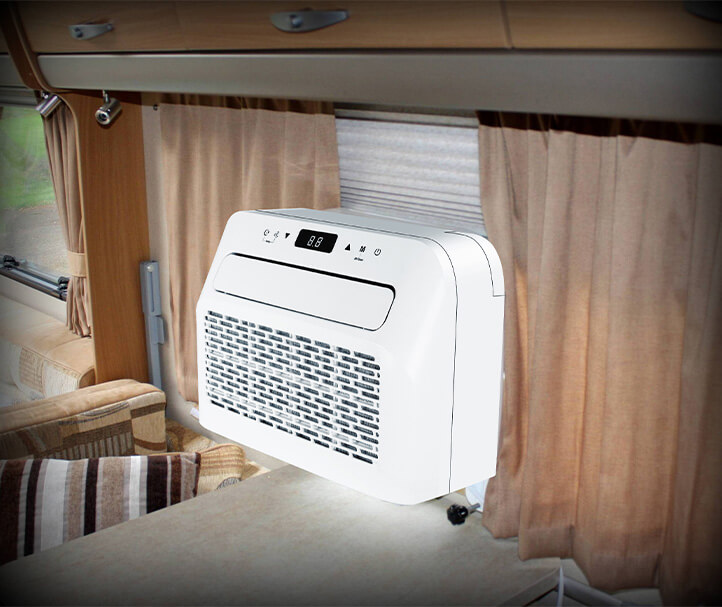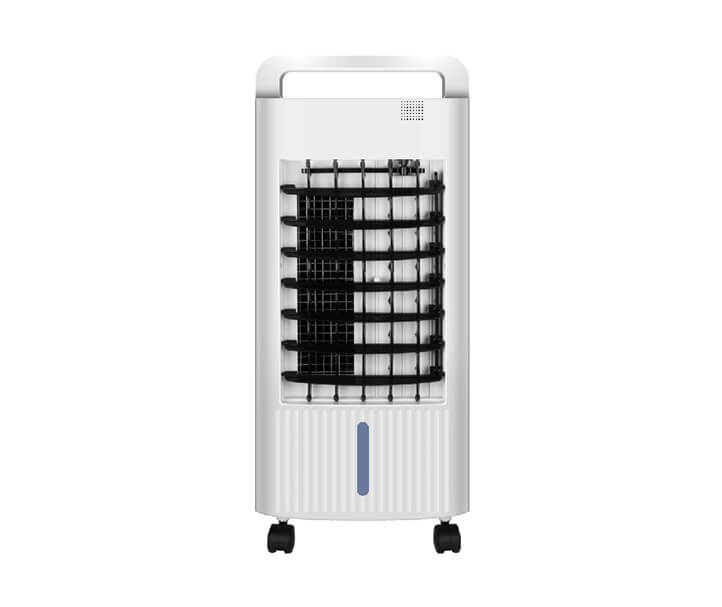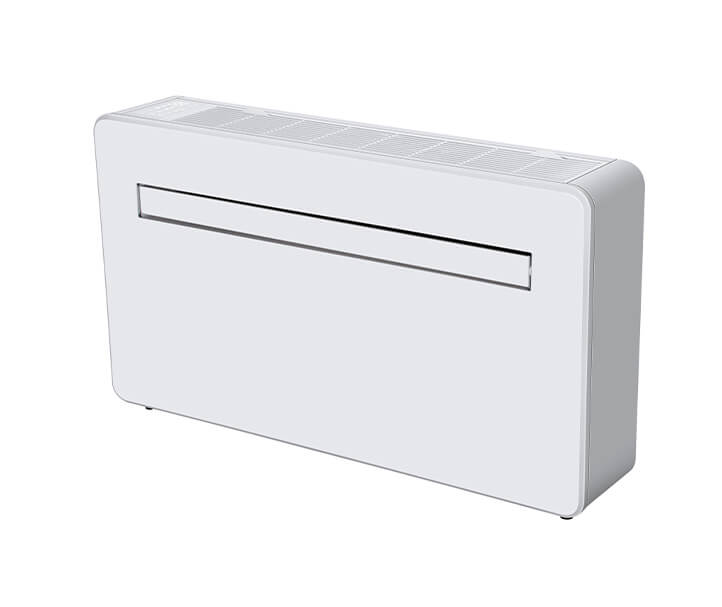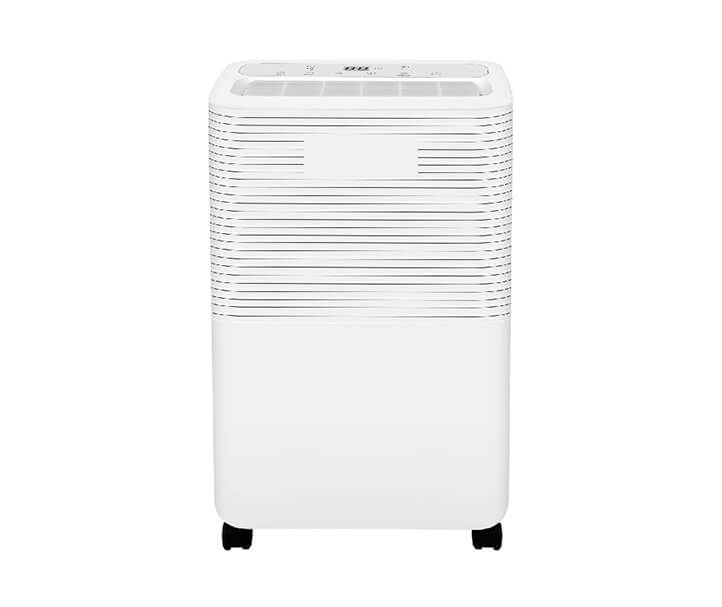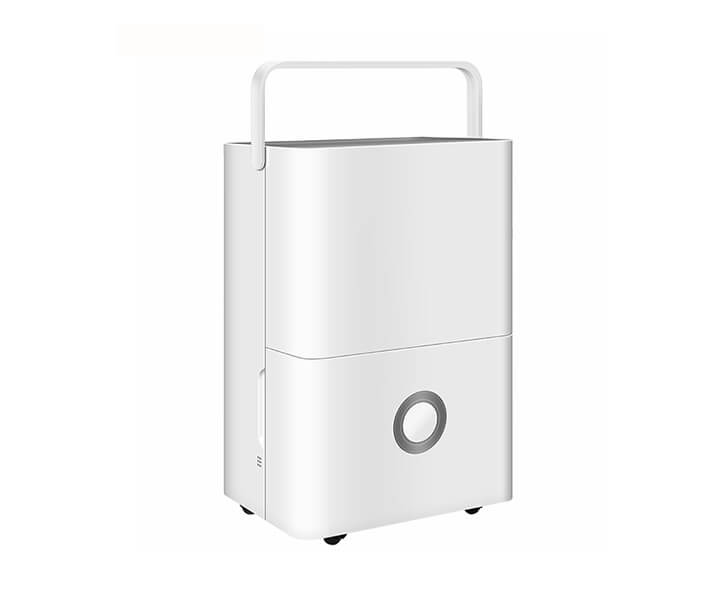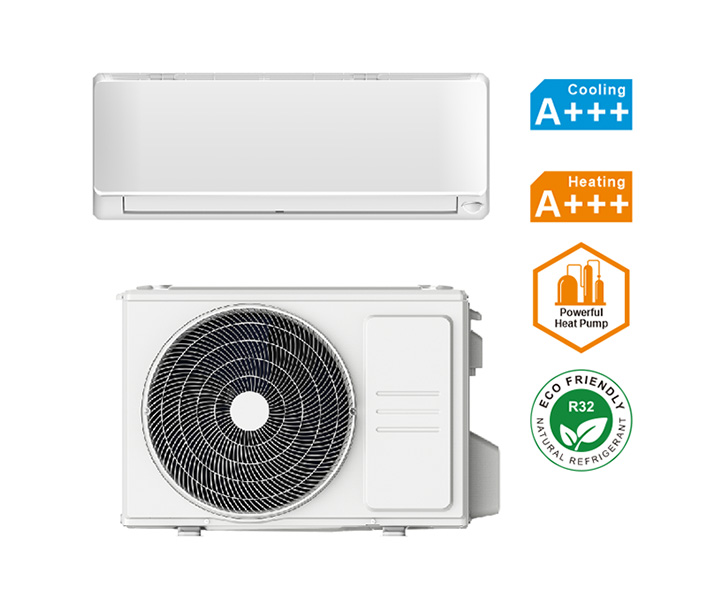
What are the air guide methods of the unitary air conditioner, and how to choose the most suitable one?
2023-08-01 17:01:49
Finding the Ideal Air Guide Method for Your Unitary Air Conditioner
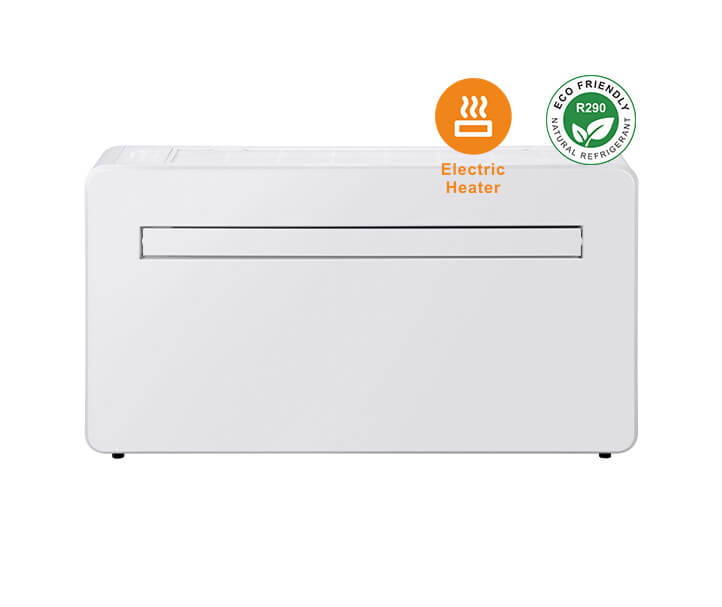
When it comes to unitary air conditioners, there are various air guide methods to consider. Each method has its own features and advantages, and choosing the most suitable one for your needs can greatly enhance the cooling efficiency of your air conditioner. In this article, we will explore three popular air guide methods and provide valuable insights on how to make the right choice.
1. Top Discharge Air Guide Method
The top discharge air guide method is one of the most common air guide methods used in unitary air conditioners. With this method, the air is discharged from the top of the unit, allowing for efficient cooling and even distribution of air throughout the room. This method is especially suitable for larger spaces where uniform cooling is desired.
One advantage of the top discharge method is that it reduces the need for additional ductwork and enables the air conditioner to be more compact in size. Additionally, this method prevents the re-circulation of hot air and minimizes the chances of cold air drafts, resulting in improved comfort.
2. Side Discharge Air Guide Method
The side discharge air guide method is another popular choice for unitary air conditioners, especially in situations where space is limited. This method involves the air being discharged from the side of the unit, allowing for flexibility in installation and positioning.
One major advantage of the side discharge method is its ability to direct the airflow in a specific direction. This is particularly useful in areas where targeted cooling is required, such as offices or bedrooms. However, it's important to ensure proper airflow distribution and avoid obstacles that may obstruct the air path.
3. Bottom Discharge Air Guide Method
The bottom discharge air guide method is less common but offers unique benefits in certain scenarios. This method involves the air being discharged from the bottom of the unit and rising upwards, creating an upward airflow pattern.
This method is especially effective in cooling spaces with low ceilings or when the air conditioner is placed near the ground. It helps to ensure even cooling from the floor to the ceiling, creating a more comfortable environment. However, it may require additional ductwork and is more suitable for smaller spaces.
Choosing the Most Suitable Air Guide Method
When it comes to selecting the air guide method that best fits your unitary air conditioner, there are a few factors to consider:
1. Space Size: The size of the room or area that needs to be cooled will influence the choice of air guide method. Larger spaces generally benefit from top discharge or bottom discharge methods, while smaller spaces may find the side discharge method more suitable.
2. Installation Flexibility: Consider the available installation options and limitations in your space. If you have limited space or specific requirements, the side discharge method may be the most flexible choice. However, if space is not an issue, the top discharge method can provide optimal cooling efficiency.
3. Specific Cooling Needs: Identify any specific cooling needs you may have. If you require targeted cooling in certain areas, the side discharge method might be the best option. Conversely, if you prioritize even cooling throughout the room, the top discharge or bottom discharge methods are preferable.
Summary
Choosing the right air guide method for your unitary air conditioner is crucial for maximizing cooling efficiency and comfort. The top discharge, side discharge, and bottom discharge methods each offer unique advantages depending on the specific requirements of your space. Consider the size of the area, installation flexibility, and your specific cooling needs when making your decision. By selecting the most suitable air guide method, you can enjoy effective and efficient cooling in any room.
Get the latest price? We'll respond as soon as possible(within 12 hours)



